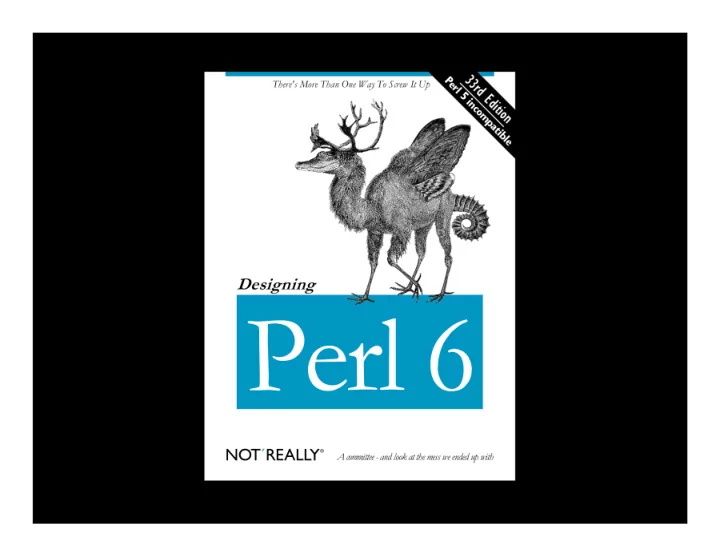

CS 152: Programming Language Paradigms Metaprogramming & JavaScript Object Proxies Prof. Tom Austin San José State University
What is metaprogramming ? Writing programs that manipulate other programs.
JavaScript Proxies Metaprogramming feature proposed for ECMAScript 6 (Harmony). Mark Miller Proposed By: Tom Van Cutsem
Proxies: Design Principles for Robust Object-oriented Intercession APIs Abstract: Proxies are a powerful approach to implement meta-objects in object-oriented languages without having to resort to metacircular interpretation. We introduce such a meta-level API based on proxies for Javascript…
Metaprogramming terms • Reflection – Introspection : examine a program – Self-modification : modify a program • Intercession : redefine the semantics of operations. • Reflection is fairly common. Intercession is more unusual.
Introspection Ability to examine the structure of a program. In JavaScript: Property "x" in o; lookup for (prop in o){ … } Property enumeration
Self-modification Ability to modify the structure of a program. o["x"]; // computed property o.y = 42; // add new property delete o.x; // remove property o["m"].apply(o,[42]); // reflected method call
Until recently, JavaScript did not support intercession. JavaScript proxies are intended to fix that. But first a little history…
Common Lisp • Developed before object-oriented languages were popular. • Many libraries were created with non-standard OO systems.
Common Lisp Object System (CLOS) • Became standard object-oriented system for Lisp • What could be done about pre- existing object-oriented libraries?
The Devil’s Choice 1. Rewrite libraries for CLOS? – huge # of libraries – infeasible to rewrite them all 2. Make complex API? – difficult API to understand. – Systems had conflicting features… – …But were essentially doing the same things.
Gregor Kiczales chose option 3: • Keep API simple. • Modify object behavior to fit different systems. Metaobject protocols were born…
JavaScript Object Proxies Intercession API
WARNING! The Proxies API is in transition. We'll review Node's implementation, which lags behind the standard.
Proxy and handler The behavior of a proxy is determined by traps specified in its handler . The metaobject
Proxy design • Proxy: special object that has special traps that define its behavior. – Trap: method that intercepts an operation. – Available traps: https://developer.mozilla.org/en-US/docs/ Web/JavaScript/Old_Proxy_API • Handler: The meta-object that specifies the details of the trap; the handler itself is usually a normal object.
Using proxies in Node.js $node --harmony-proxies prog.js
Two kinds of proxies • Objects are defined with: Proxy.create(handler,proto); • Functions (with extra traps) defined with: Proxy.createFunction( handler, callTrap, constructTrap); • Do not exist for primitive values.
What kind of things do we want to do to an object?
Sample handler (incomplete) var incompleteHandler = { get:function(myProxy, name){ console.log('Property ' + name + ' accessed.'); return 1; } };
Creating a new proxy object var p = Proxy.create( incompleteHandler); Prints "Property hello accessed" and var q = p.hello; returns 1. p.goodbye = "What happens?"; The set trap has not been specified, so this causes an error.
No-op forwarding proxy (in-class) Wraps an object, intercepting all of its methods, and does nothing else.
Another use case for proxies • Share a reference to an object, but do not want it to be modified. – Reference to the DOM, for instance • We can modify the forwarding handler to provide this behavior:
function roHandler(obj) { return { delete: function(name) { return obj[name]; }, set: function(rcvr,name,val){ return true; }, …
Aspect-oriented programming (AOP) • Some code not well organized by objects – Cross-cutting concern • Canonical example: logging statements – littered throughout code – Swap out logger = massive code changes
Lab: Tracing API • Use proxies to log all actions taken on an object • Avoids having complexity of logging framework
Recommend
More recommend